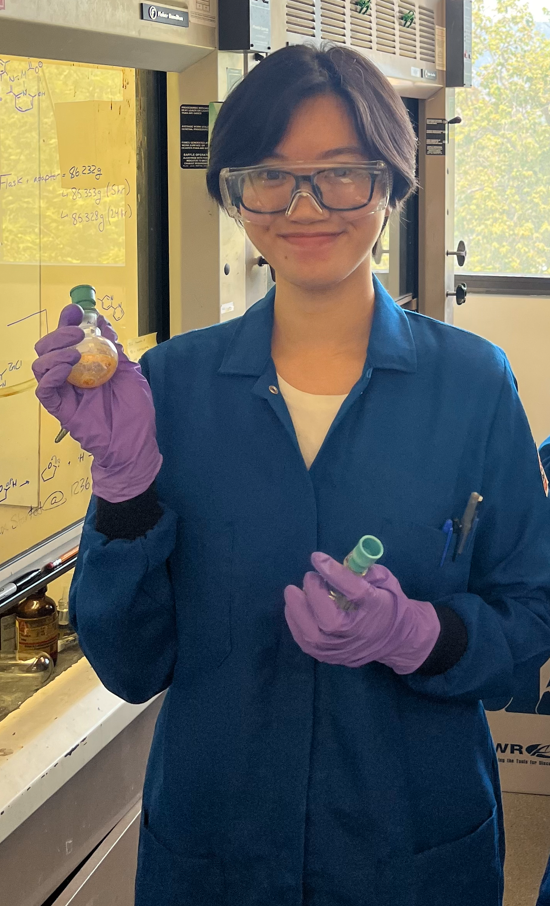
Transition metal complexes can absorb visible light and convert light energy into energy that drives chemical reactions. The ligands, which are ions or molecules attached to the metal, can change its properties—such as the wavelength or energy it absorbs. Compared to well-studied transition metal complexes such as iridium and ruthenium, cobalt and other first-row transition metals are relatively more abundant—making them a more sustainable alternative. However, cobalt’s use as a photocatalyst has remained relatively unexplored due to the fast decay of its excited states compared to commonly used complexes. This project explores appending bipyridine ligands with electron-withdrawing cationic substituents to increase the excited state energy and lifetime of cobalt complexes. Various bipyridine ligands will be synthesized and complexed with cobalt, including uncharged ligands to serve as a comparison. Techniques such as cyclic voltammetry will be used to test the complexes. Cyclic voltammetry measures the cobalt (III/II) reduction potential, allowing us to understand the electronics. We anticipate seeing a positive shift in the reduction potential which relates to the decrease in electron density, allowing the system to accept an electron more easily. Ultraviolet-visible spectroscopy will be used to elucidate the absorption properties of the complexes. We expect to see a red-shift, as the complex should absorb longer wavelengths. This is also related to the decrease in electron density, corresponding to needing less energy for electrons to reach the excited state. Once the various complexes have been synthesized and compared, their photocatalyst capabilities will be tested through the photoredox coupling of aryl amides and aryl boronic acids. We anticipate the complexes containing charged functional groups to have higher excited-state energies and longer excited-state lifetimes than their uncharged counterparts.